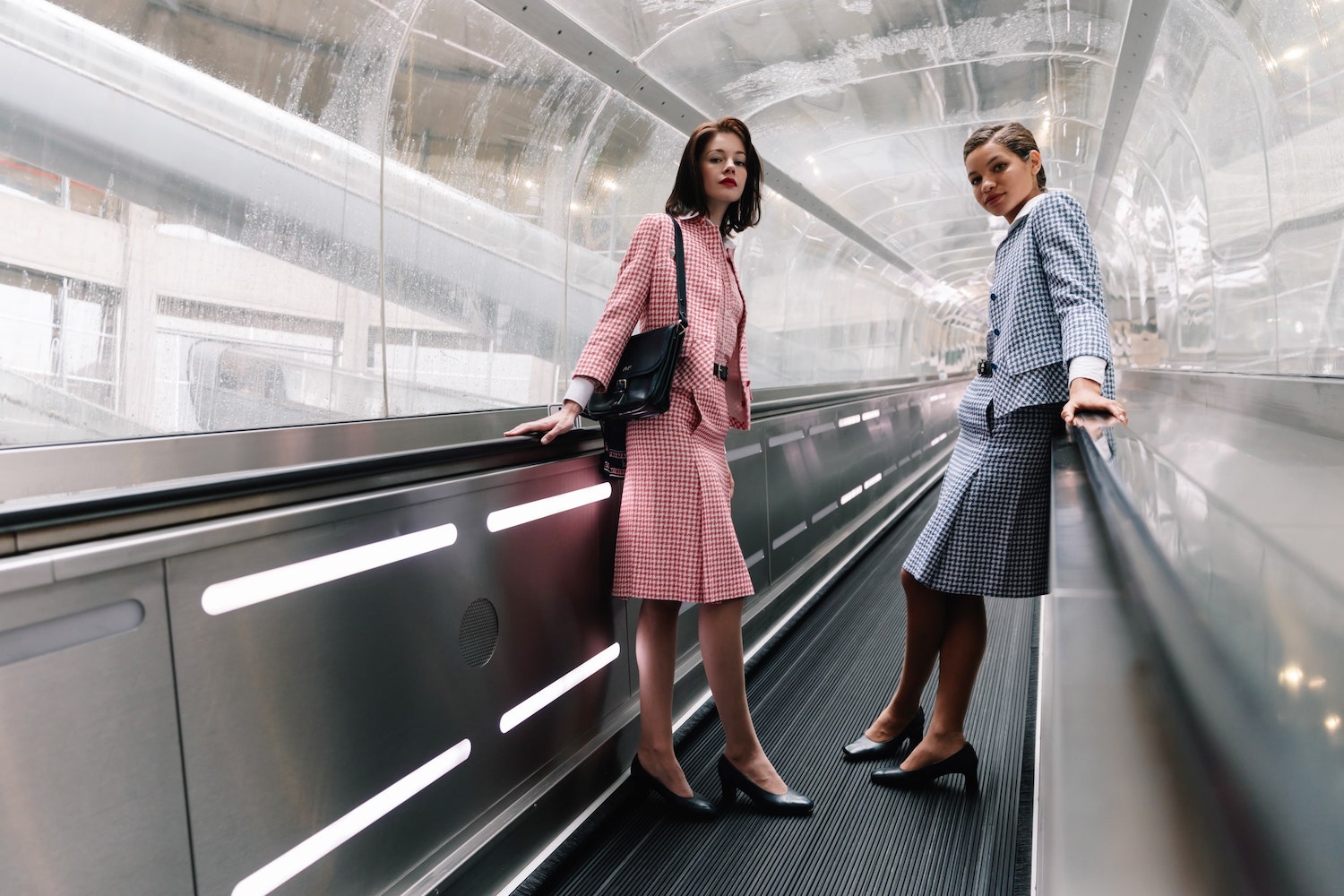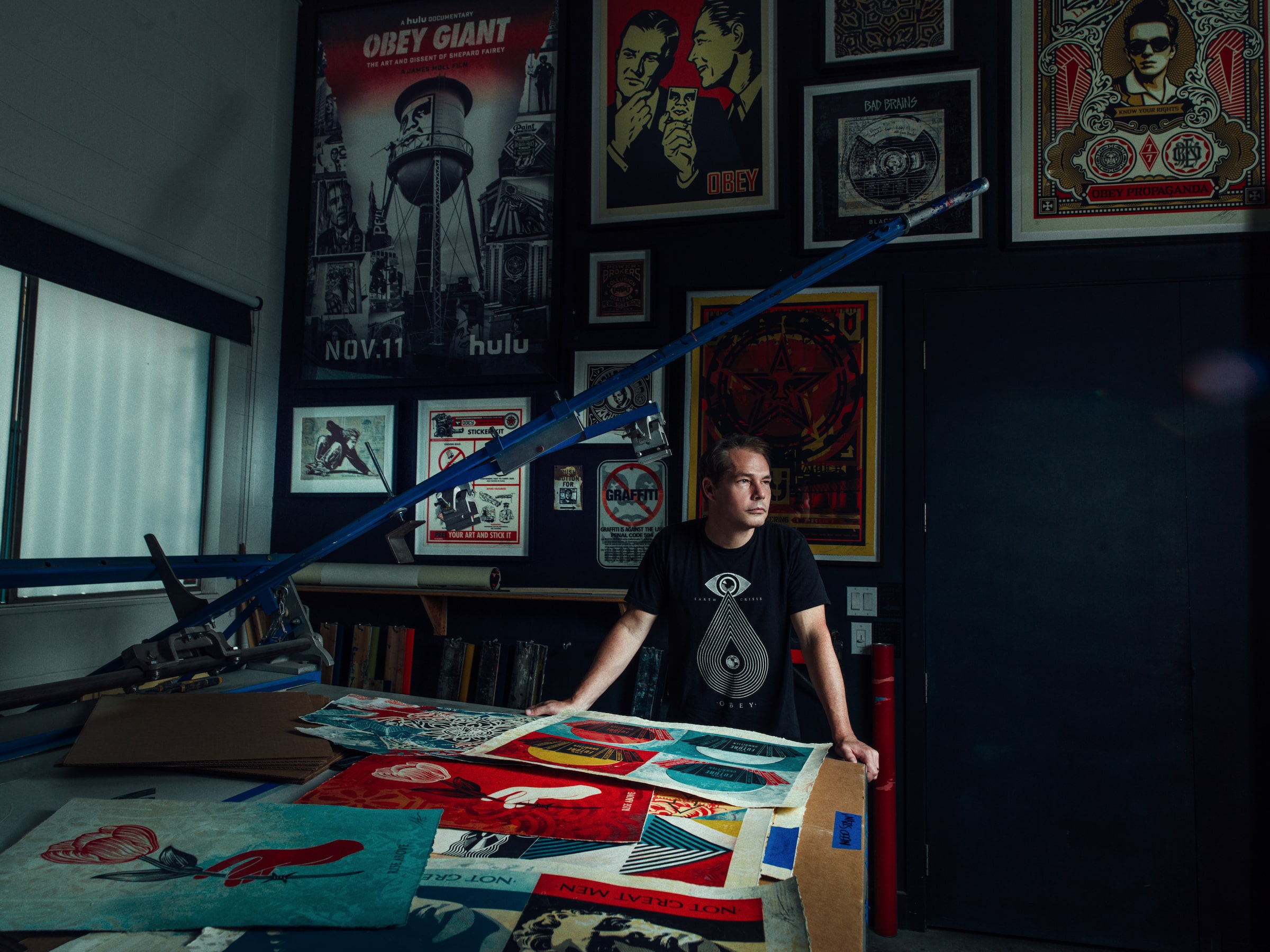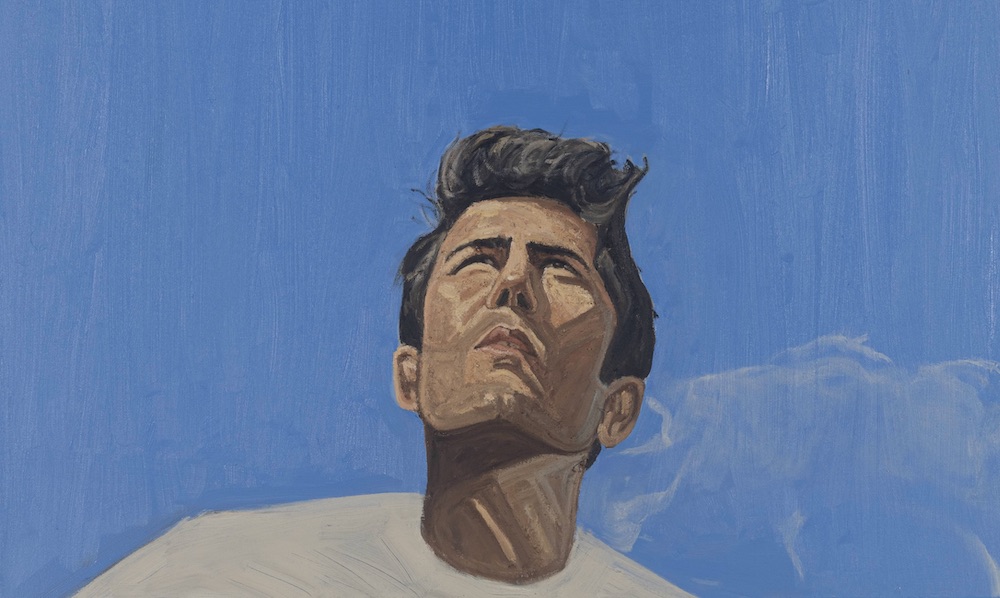The New York-based photographer Joshua Rashaad McFadden has been communicating life as he knows it through photography since age seven. He’s moved around the country, capturing Black America and highlighting the stories not told. In 2016, he graduated from the Savannah College of Art and Design with an M.F.A. in photography, and that same year, he published his first monograph Come to Selfhood.
Equal parts portraiture and testimony, the book is an examination of Black masculinity and the stereotypes America forces onto African American men. In it, McFadden responds to the question, “What happens when an African-American man self-interprets his own identity based upon ideology, reality, memory, and experience?”
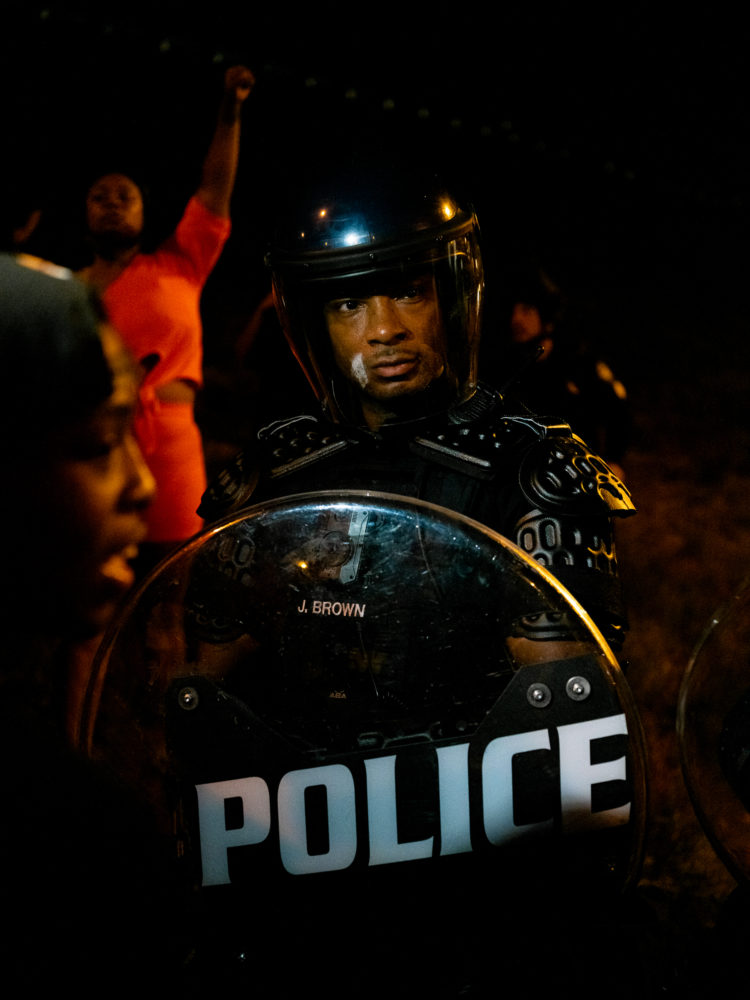
Courtesy of Joshua Rashaad McFadden.
Since the death of George Floyd in May, McFadden has covered the racial justice protests on the ground. He’s turned his lens toward some of the most vulnerable moments in modern history, witnessing funerals, protests, strife, and change. While doing so, his work has appeared in outlets like Time, CNN, and The New York Times.
Whitewall spoke with McFadden about how he was doing on the road, what keeps him going, and what messages he hopes these days bring.
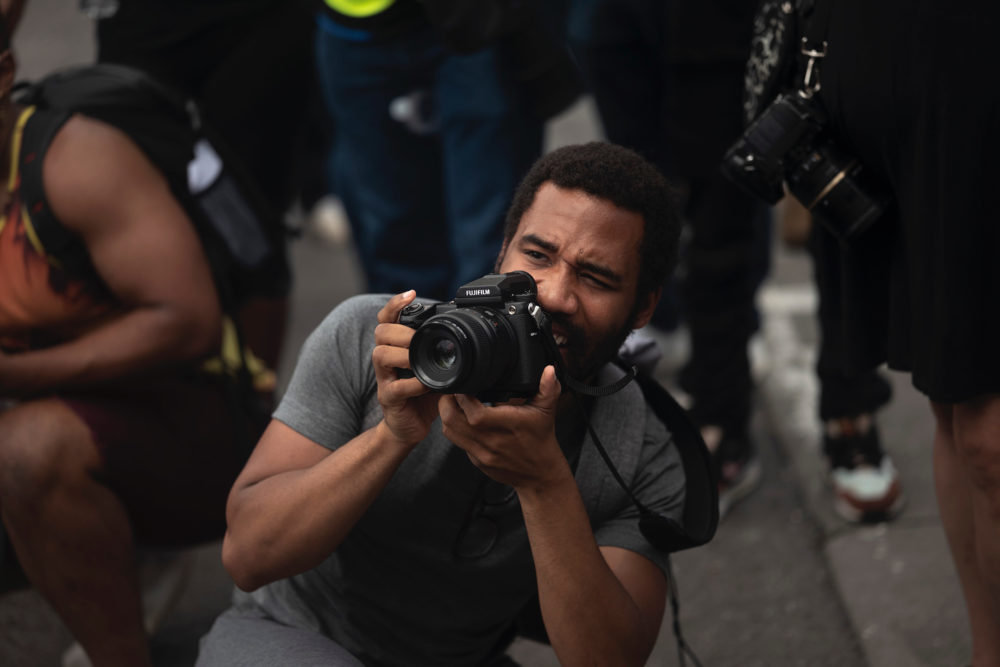
Photo of Joshua Rashaad McFadden.
WHITEWALL: How are you doing?
JOSHUA RASHAAD MCFADDEN: I am exhausted. Honestly, exhausted. America is facing both a physical and psychological battle simultaneously with little to no resolve in the foreseeable future. That can take a toll on anyone. I have no words that can genuinely express how I feel at this moment. Maybe I will know a year from now. All I know is that Black Americans are dealing with a double pandemic: racism and COVID-19.
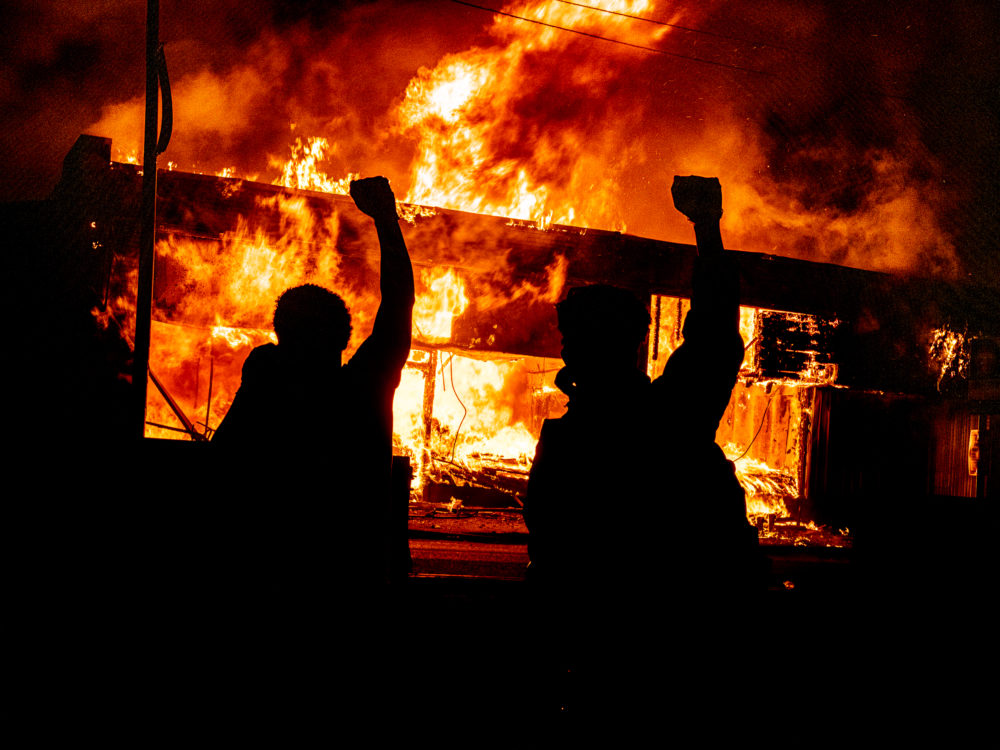
Courtesy of Joshua Rashaad McFadden.
WW: What has your experience been photographing the protests in cities across the U.S.?
JRM: The most notable aspect of these protests is while much of it resembles a warzone, other moments are heart-wrenching as I hear the stories, first hand, of mothers, sisters, and friends who are continually losing their loved ones senselessly. I’ve seen many many rallies and demonstrations that included people of varying races and ages. I find it interesting that no matter where I go, there are unifying messages and symbols repeated at the protests, like the Black power fist, the Pan-African flag, and chants like “No Justice, No Peace!” ringing in the air.
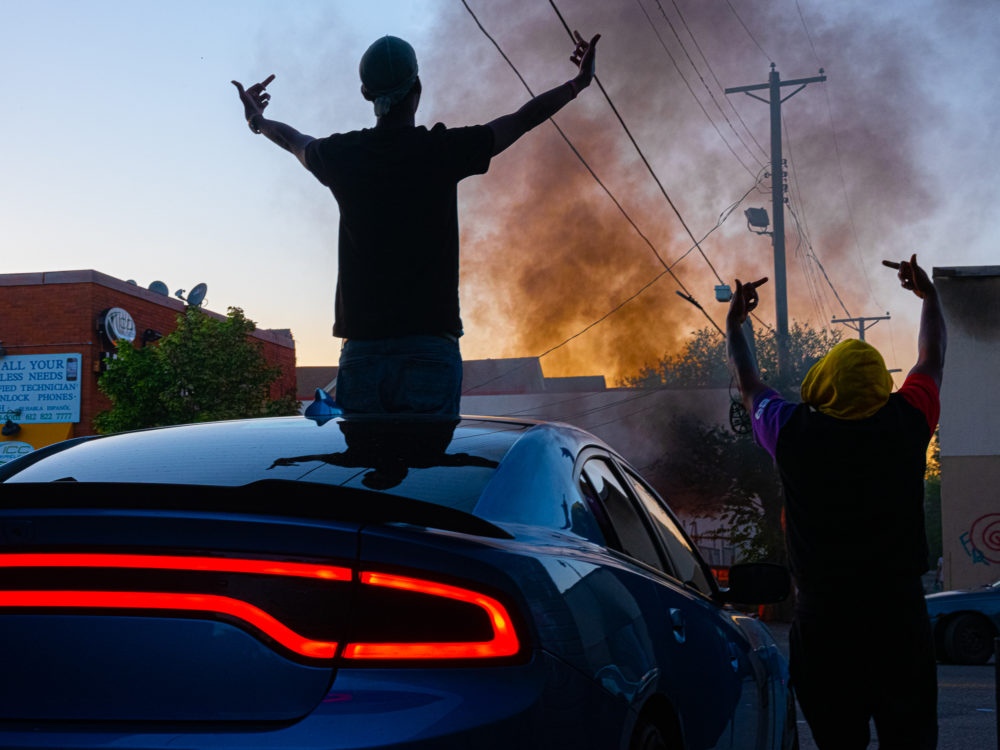
Courtesy of Joshua Rashaad McFadden.
WW: You have been photographing monumental happenings, such as George Floyd’s and Rayshard Brooks’s funerals. What is that like?
JRM: I was with the family of George Floyd the morning of the funeral and there was an overwhelming sadness. I was working while fighting tears, fighting thought that this could have been me or someone I knew, and confronting the reality that this is still too close to home because these are my people in my community. Most times, I’m photographing through the pain. It was the same for Rayshard Brooks’s funeral. The large gathering of protesters outside the funerals were such a sight to see, too. The demographics of the crowd signified a new era in history.
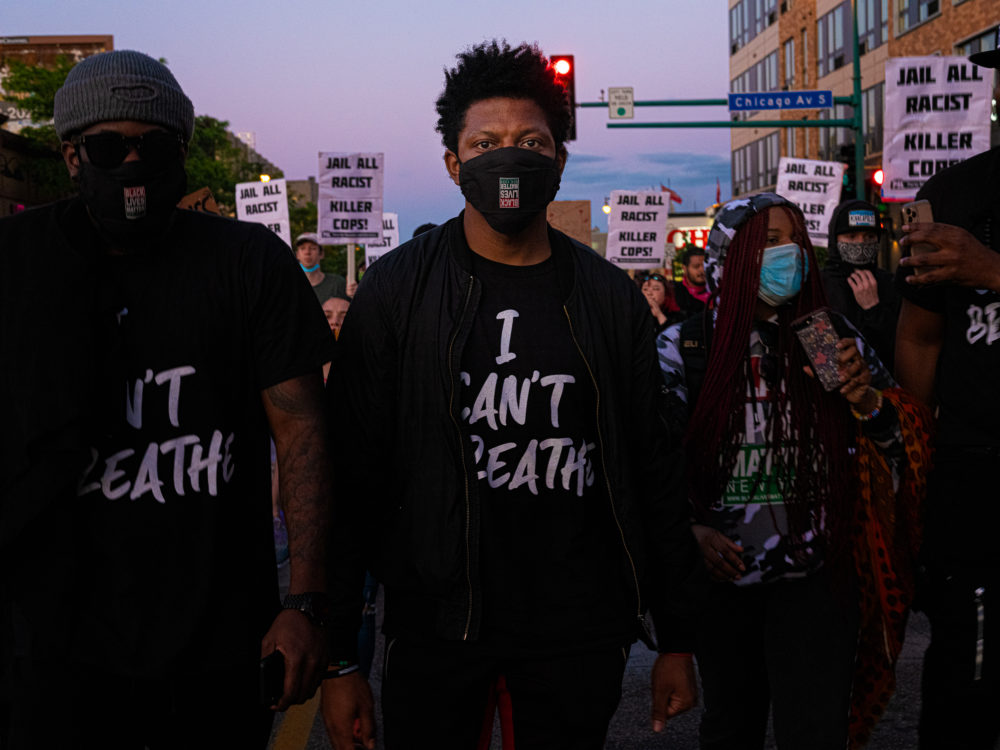
Courtesy of Joshua Rashaad McFadden.
WW: What has been the most powerful moment for you?
JRM: The strength and unity of the Black community, that common thread, has been most compelling to me. To see the shared goals across the country and the young generation that has taken a stand for justice is inspiring. Many of the young people that are marching today were only 12 to 15 years old when a racist vigilante murdered Trayvon Martin in 2012.
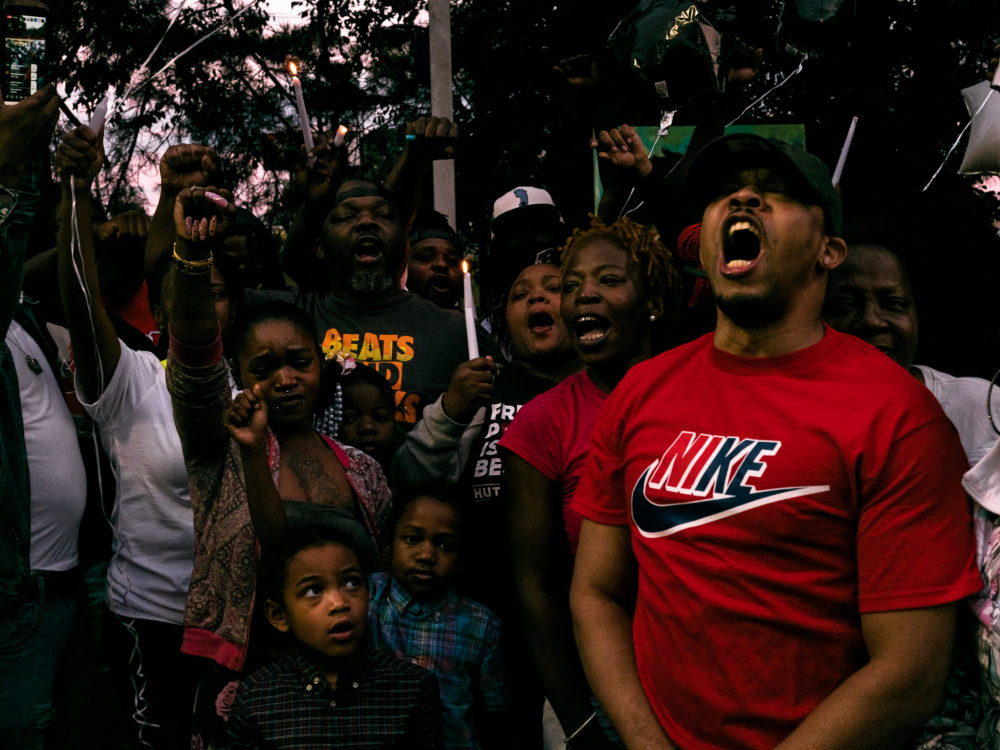
Courtesy of Joshua Rashaad McFadden.
WW: What are you aiming to communicate with your photos?
JRM: I want my photos to communicate the Black narrative that has been buried for years in a majority-White America. The goal is to continue the work of my ancestors, my mentors, my family, to expose the humanity of Black Americans. My images are meant to display the full picture of what Blacks have and continue to endure from a society that historically has seen little to no actual value in who we are. I aim to humanize us and our stories and build an archive that will do the same.
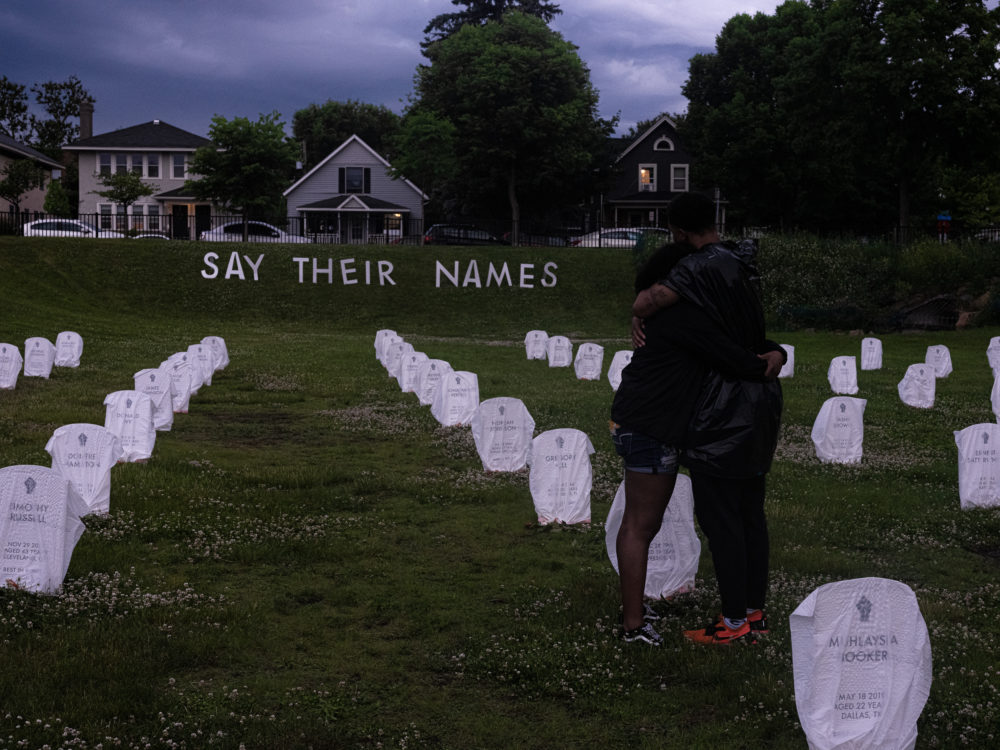
Courtesy of Joshua Rashaad McFadden.
WW: How would you describe your creative journey as a visual artist?
JRM: Visual storytelling has encompassed my life on many levels, beginning with my upbringing. My grandparents, on my father’s side, worked and retired from Kodak in Rochester, New York, and my mother’s father was an apprentice in a photography studio Harlem, New York. My mother bought me my first camera when I was seven years old, and she also introduced me to drawing and painting. So, this is just in my blood.
However, undergrad is where I took my first photography course at Elizabeth City State University, a Historically Black College or University (HBCU), and realized it was indeed where my passion prevailed. Being part of the Black community, I had firsthand experience of different types of injustices, including being harassed by the police without cause. So, I knew I needed to use my gifts to shed light on these stories and, hopefully, bring about change.
As a Black American, these are the stories I know, have experienced, and are part of the history that has shaped my entire existence here in America. So, of course, these stories should be shared widely. The march from Selma, Alabama, to Mongomery in 1965 changed this country. The sanitation worker’s strike of 1968 changed our country. I’m looking at these historical moments and people and putting them into my work because these are the stories of America, not just a subsect.
WW: What are some organizations, IG accounts, people, etc. that you are in support of right now?
JRM: I fully support the work of Diversify Photo. Diversify was born out of a recognition that calling for more diversity in the photo industry is not enough.
WW: What does being a Black man in American today mean to you?
JRM: From the perspective of a Black man in American, it seems that white Americans “love” Black American culture but continue to ignore or enforce unjust killings of Black Americans and the oppressive systems that exist at large in the country. Until there is justice, there is no love.
WW: What message do you hope today brings?
JRM: The message I want to convey is that our lives have always been part of the American fabric; our story is the American story. Injustices inflicted upon us can, will and is affecting everyone in this country. Period.





